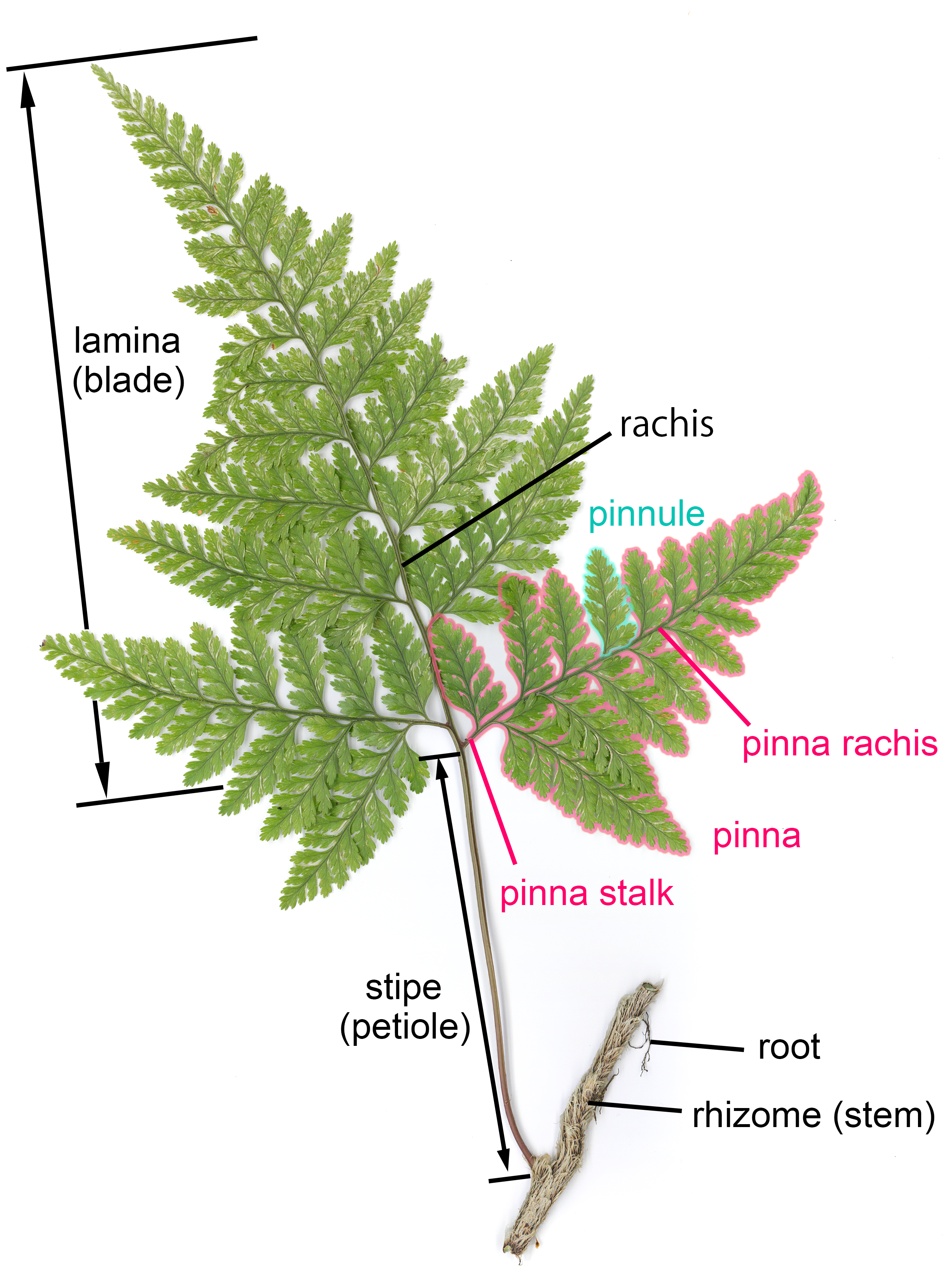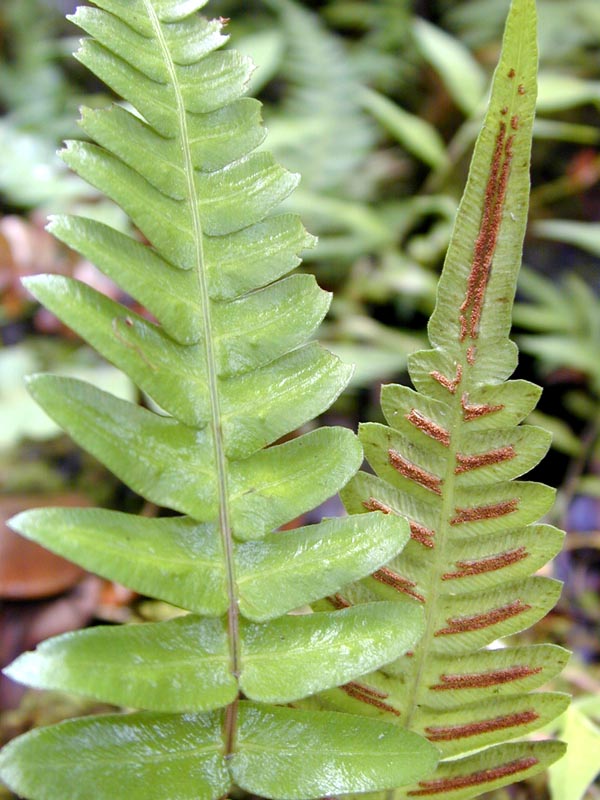|
Ravenea Albicans
''Ravenea albicans'' is a species of flowering plant in the Arecaceae family. It is a palm endemic to northeast Madagascar and found in seven fragmented locations between the towns of Ampasimanolotra and Antalaha with the exception of one location much farther south near Vondrozo. It is an endangered species threatened by habitat loss. There are perhaps 200 mature individuals remaining. In its natural range it tends to grow in humid forests within northeast Madagascar's mountain valleys. It is unique among the ''Ravenea'' genus because its pinnate leaves have an exotic, colorful appearance. Its species name, ''albicans'', is derived from the Latin word for the color white, album, as is the word for albinism. The base of each frond is green, yet they become white to dark grey near the tip at maturity. Some individuals have completely white fronds A frond is a large, divided leaf. In both common usage and botanical nomenclature, the leaves of ferns are referred to as fronds ... [...More Info...] [...Related Items...] OR: [Wikipedia] [Google] [Baidu] |
Henri Lucien Jumelle
Henri Lucien Jumelle (25 November 1866 in Dreux, Eure-et-Loir Department France – 6 December 1935 in Marseille, Bouches-du-Rhône Department, France) was a French botanist. From 1887 to 1894, he worked as a plant physiologist at the Faculté des Sciences in Paris. Afterwards, he was a professor of botany at the Faculté des Sciences in Marseille (1894-1935).JSTOR Global Plants Jumelle, Henri Lucien (1866-1935) From 1898 to 1916, he was assistant director, then director of the ''Musée colonial et du Jardin botanique'' in Marseille.Prosopo Sociétés savantes de France He held a deep interest in applied botany, publishing numerous treatises on the agricultural aspects of various plants. [...More Info...] [...Related Items...] OR: [Wikipedia] [Google] [Baidu] |
Ravenea
''Ravenea'' is a genus of 20 known species of palms, all native to Madagascar and the Comoros. They are small to large, dioecious palms, with solitary, robust grey stems, swollen at base and gradually tapering upward. The species vary greatly in size, with ''R. hildebrandtii'' and ''R. nana'' only reaching 4 m, while ''R. robustior'' and ''R. sambiranensis'' both reach 30 m. The leaves are up to 2–5 m long, pinnately compound, reduplicate, erect at first then arching, twisted near the apex; with numerous crowded narrow ribbed leaflets. The inflorescence is short, borne among the leaves; the fruit is a red drupe. One particular species, '' Ravenea rivularis'', is commonly cultivated as a houseplant and grown indoors all over the world. However, it is actually considered a vulnerable species in its wild habitat with fewer than 900 trees growing naturally. Species Most of the species are endangered. Species such as ''R. moorei'' are critically so, with only two specimens know ... [...More Info...] [...Related Items...] OR: [Wikipedia] [Google] [Baidu] |
Taxonomy Articles Created By Polbot
Taxonomy is the practice and science of categorization or classification. A taxonomy (or taxonomical classification) is a scheme of classification, especially a hierarchical classification, in which things are organized into groups or types. Among other things, a taxonomy can be used to organize and index knowledge (stored as documents, articles, videos, etc.), such as in the form of a library classification system, or a search engine taxonomy, so that users can more easily find the information they are searching for. Many taxonomies are hierarchies (and thus, have an intrinsic tree structure), but not all are. Originally, taxonomy referred only to the categorisation of organisms or a particular categorisation of organisms. In a wider, more general sense, it may refer to a categorisation of things or concepts, as well as to the principles underlying such a categorisation. Taxonomy organizes taxonomic units known as "taxa" (singular "taxon")." Taxonomy is different from ... [...More Info...] [...Related Items...] OR: [Wikipedia] [Google] [Baidu] |
Endangered Flora Of Africa
An endangered species is a species that is very likely to become extinct in the near future, either worldwide or in a particular political jurisdiction. Endangered species may be at risk due to factors such as habitat loss, poaching and invasive species. The International Union for Conservation of Nature (IUCN) Red List lists the global conservation status of many species, and various other agencies assess the status of species within particular areas. Many nations have laws that protect conservation-reliant species which, for example, forbid hunting, restrict land development, or create protected areas. Some endangered species are the target of extensive conservation efforts such as captive breeding and habitat restoration. Human activity is a significant cause in causing some species to become endangered. Conservation status The conservation status of a species indicates the likelihood that it will become extinct. Multiple factors are considered when assess ... [...More Info...] [...Related Items...] OR: [Wikipedia] [Google] [Baidu] |
Endemic Flora Of Madagascar
Endemism is the state of a species being found in a single defined geographic location, such as an island, state, nation, country or other defined zone; organisms that are indigenous to a place are not endemic to it if they are also found elsewhere. For example, the Cape sugarbird is found exclusively in southwestern South Africa and is therefore said to be ''endemic'' to that particular part of the world. An endemic species can be also be referred to as an ''endemism'' or in scientific literature as an ''endemite''. For example ''Cytisus aeolicus'' is an endemite of the Italian flora. ''Adzharia renschi'' was once believed to be an endemite of the Caucasus, but it was later discovered to be a non-indigenous species from South America belonging to a different genus. The extreme opposite of an endemic species is one with a cosmopolitan distribution, having a global or widespread range. A rare alternative term for a species that is endemic is "precinctive", which applies to s ... [...More Info...] [...Related Items...] OR: [Wikipedia] [Google] [Baidu] |
Fronds
A frond is a large, divided leaf. In both common usage and botanical nomenclature, the leaves of ferns are referred to as fronds and some botanists restrict the term to this group. Other botanists allow the term frond to also apply to the large leaves of cycads, as well as palms ( Arecaceae) and various other flowering plants, such as mimosa or sumac. "Frond" is commonly used to identify a large, compound leaf, but if the term is used botanically to refer to the leaves of ferns and algae it may be applied to smaller and undivided leaves. Fronds have particular terms describing their components. Like all leaves, fronds usually have a stalk connecting them to the main stem. In botany, this leaf stalk is generally called a petiole, but in regard to fronds specifically it is called a stipe, and it supports a flattened blade (which may be called a lamina), and the continuation of the stipe into this portion is called the rachis. The blades may be simple (undivided), pinnatifid ... [...More Info...] [...Related Items...] OR: [Wikipedia] [Google] [Baidu] |
Albinism
Albinism is the congenital absence of melanin in an animal or plant resulting in white hair, feathers, scales and skin and pink or blue eyes. Individuals with the condition are referred to as albino. Varied use and interpretation of the terms mean that written reports of albinistic animals can be difficult to verify. Albinism can reduce the survivability of an animal; for example, it has been suggested that albino alligators have an average survival span of only 24 hours due to the lack of protection from UV radiation and their lack of camouflage to avoid predators. It is a common misconception that all albino animals have characteristic pink or red eyes (resulting from the lack of pigment in the iris allowing the blood vessels of the retina to be visible), however this is not the case for some forms of albinism. Familiar albino animals include in-bred strains of laboratory animals (rats, mice and rabbits), but populations of naturally occurring albino animals exist in the w ... [...More Info...] [...Related Items...] OR: [Wikipedia] [Google] [Baidu] |
Latin
Latin (, or , ) is a classical language belonging to the Italic branch of the Indo-European languages. Latin was originally a dialect spoken in the lower Tiber area (then known as Latium) around present-day Rome, but through the power of the Roman Republic it became the dominant language in the Italian region and subsequently throughout the Roman Empire. Even after the fall of Western Rome, Latin remained the common language of international communication, science, scholarship and academia in Europe until well into the 18th century, when other regional vernaculars (including its own descendants, the Romance languages) supplanted it in common academic and political usage, and it eventually became a dead language in the modern linguistic definition. Latin is a highly inflected language, with three distinct genders (masculine, feminine, and neuter), six or seven noun cases (nominative, accusative, genitive, dative, ablative, and vocative), five declensions, four ... [...More Info...] [...Related Items...] OR: [Wikipedia] [Google] [Baidu] |
Pinnate
Pinnation (also called pennation) is the arrangement of feather-like or multi-divided features arising from both sides of a common axis. Pinnation occurs in biological morphology, in crystals, such as some forms of ice or metal crystals, and in patterns of erosion or stream beds. The term derives from the Latin word ''pinna'' meaning "feather", "wing", or " fin". A similar concept is "pectination," which is a comb-like arrangement of parts (arising from one side of an axis only). Pinnation is commonly referred to in contrast to "palmation," in which the parts or structures radiate out from a common point. The terms "pinnation" and "pennation" are cognate, and although they are sometimes used distinctly, there is no consistent difference in the meaning or usage of the two words.Jackson, Benjamin, Daydon; A Glossary of Botanic Terms with their Derivation and Accent; Published by Gerald Duckworth & Co. London, 4th ed 1928 Plants Botanically, pinnation is an arrangement o ... [...More Info...] [...Related Items...] OR: [Wikipedia] [Google] [Baidu] |
Natural Range
Species distribution —or species dispersion — is the manner in which a biological taxon is spatially arranged. The geographic limits of a particular taxon's distribution is its range, often represented as shaded areas on a map. Patterns of distribution change depending on the scale at which they are viewed, from the arrangement of individuals within a small family unit, to patterns within a population, or the distribution of the entire species as a whole (range). Species distribution is not to be confused with dispersal, which is the movement of individuals away from their region of origin or from a population center of high density. Range In biology, the range of a species is the geographical area within which that species can be found. Within that range, distribution is the general structure of the species population, while dispersion is the variation in its population density. Range is often described with the following qualities: * Sometimes a distinction is made betw ... [...More Info...] [...Related Items...] OR: [Wikipedia] [Google] [Baidu] |
Henk Jaap Beentje
Henk Jaap Beentje (born 1951, Bakkum) is a Dutch botanist. In 1978 he obtained a masters in biology at the University of Amsterdam. He obtained his PhD at the Wageningen Agricultural University on the thesis ''A monograph on Strophanthus DC. (Apocynaceae)'', prepared under the direction of Hendrik de Wit and A.J.M. Leeuwenberg, in 1982. Since 1975, Beentje has been active in Africa. Between 1984 and 1989, he was a research fellow at the East African Herbarium, a herbarium that is part of the National Museums of Kenya in Kenya. Since 1995, Beentje has been a researcher at the herbarium of the Royal Botanic Gardens, Kew. He is particularly engaged in research of mainly African species from the Composite and the Palm families. In the area of the palms, he has often collaborated with John Dransfield. Beentje also serves as an editor of the publication series ''Flora of Tropical East Africa''. He is a Fellow of the Linnean Society of London. Selected publications *''A Field Guide ... [...More Info...] [...Related Items...] OR: [Wikipedia] [Google] [Baidu] |



.jpg)




